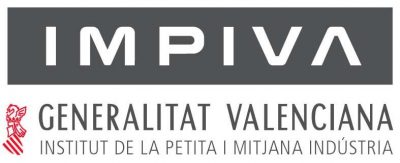The aim of this project is to develop monolithic systems from materials of diverse nature to be used as supports for catalysts for environmental and energy applications.
Catalytic systems most widely used in environmental and energy applications are monolithic reactors. These are catalysts with a well defined geometric shape and structure that gives them unique properties compared to conventional systems in granular, powered or pelleted form (simple cylindrical shapes). The advantages of these monolithic systems are the low pressure they generate in the system when gas or liquid effluents to be treated are passed through, the high geometric surface area, good distribution or contact of the effluent with the catalyst that ensures heat and good material transfer and that they are easy to handle.
The most widely used monoliths are those that have a honeycomb shape, that is, those formed by blocks in which regular and uniform cylindrical channels of 0.7-4 mm in diameter are located and where the catalyst or active phase is deposited on the surface. The material forming these monoliths is often metal or metal alloy, ceramic or carbonaceous compound. The most important environmental applications include: three-way catalysts for diesel engines, filtration or elimination of VOCs (volatile organic compounds) in chemical plants, selective NOX reduction and water purification. Although environmental applications have been the most typical to date, new applications linked to development and obtaining alternative energies have emerged such as obtaining H2 for fuel cells and steam reforming of hydrocarbons.
Start date: 1/1/2010
Contact: Rubén Beneito
Contact email: energia@aiju.es
